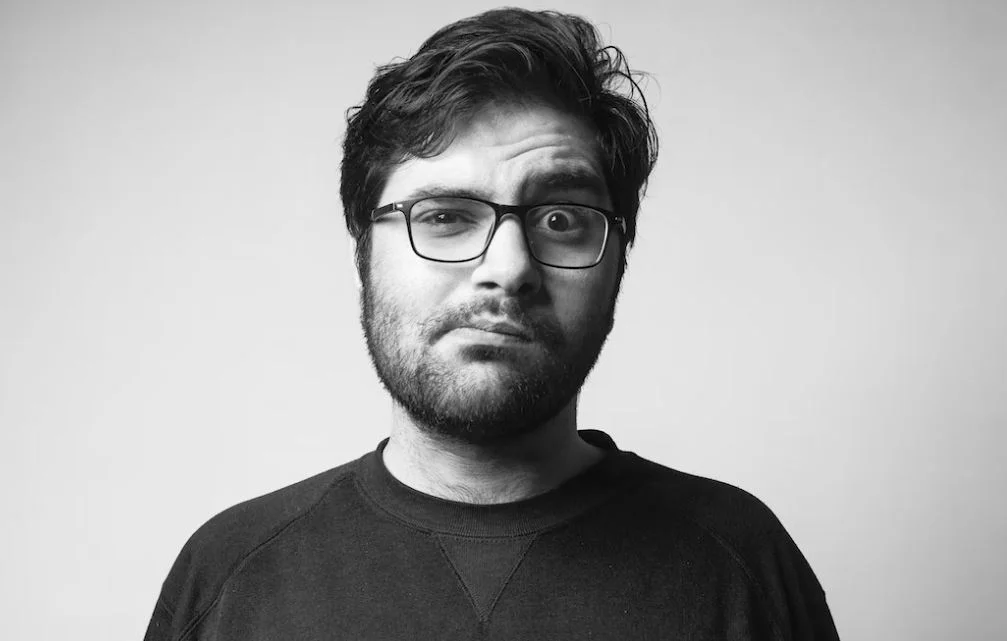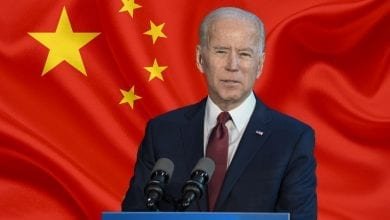Feast of the Poor Brother Who Prays: Padre Pio
This is not only an uber simplification of the diversity in the universal church, but also an illustration of Saint Paul’s letter to the Ephesians.
Today, September 23rd. we celebrate a poor brother who prays, Padre Pio’s feast day. Padre Pio is the patron saint of healing. Born Francesco Forgione, into a poor Italian farm family, from a young age, Francesco very much wanted to be a friar. When he was sixteen, he was ordained to the priesthood in 1910.

Six years later, joined the convent of Santa Maria delle Grazie in San Giovanni Rotondo. He spent many hours every day hearing Confessions. The height of his apostolic commitment was the celebration of the Holy Mass. He described himself as “a poor brother who prays.” “Prayer is the greatest weapon we have,” he said. It is “a key to open the heart of God.”
Diaries from Padre Pio’s spiritual director note that the saint began to experience ecstasies and apparitions as early as age 4 or 5. However, Padre Pio didn’t realize that these were extraordinary experiences; he kept many of them to himself, thinking they were ordinary. Through more and more visions and encounters with the healing work of God, Padre Pio’s trust in Him only continued to grow, though as he struggled through his early life.
According to Vatican News, In 1948, Padre Pio heard the Confession of a young Polish priest, Father Karol Wojtyła, who thirty years later would ascend the throne of Peter, taking the name John Paul II. It was during John Paul’s pontificate that Padre Pio was declared blessed. During the rite of beatification, the Pope said that in the humble friar, we see the image of Christ suffering and risen. “His body,” he said, “marked by the ‘stigmata,’ showed the intimate connection between death and resurrection… Not less sorrowful, and humanly much more scorching, were the trials he had to suffer as a consequence, one could say, of his singular charisms.” For Padre Pio, “suffering with Christ” was a gift: “In contemplating the Cross on Jesus’ shoulders,” he said, “I always feel strengthened and I exult with holy joy… All that Jesus suffered in His Passion, I too have suffered, insofar as it is possible for a human creature.”
As the world was suffering the scourges of World War I, one day in September, aftet Padre Pio said Mass at San Giovanni Rotondo, he received a miraculous vision: he saw someone with Christ’s crucifixion wounds. After the vision, Padre Pio realized he was physically dripping with blood. He had received the stigmata. Stigmata are mystical phenomena where holy people receive some or all of the bodily wounds of Christ’s crucifixion – bodily marks, scars, or pains corresponding to those of the crucified Jesus Christ—that is, on the hands, on the feet, near the heart, and sometimes on the head (from the crown of thorns) or shoulders and back (from carrying the cross and scourging). They are often presumed to accompany five wounds of Christ replicated in the human body. Around 400 people, including St. Francis of Assisi and St. Catherine of Siena, have claimed to have received the stigmata.
While the story of each Saint is incredible, St. Pio of Pietrelcina, more commonly known as “Padre Pio,” is one of the most extraordinary and fascinating saints of modern times, with an incredible number of miracles attributed to him. Yet, some 1,500 miles away from the birth place of Padre Pio, Youssef Antoun Makhlou was born on May 8, 1828, one of five children, in the mountain village of Bekaa Kafra, the highest by elevation in Lebanon. Makhlou was a hermit who died in 1898 canonized in 1977 as Saint Charbel, revered for his healing miracles among Lebanon’s Christians. Some have turned to taking soil from Saint Charbel’s grave, boiling it, then drinking it as an alternative to medical treatment.
Alice Fordham, in the piece titled In Lebanon, Some Turn To Beloved Local Saint For Solace And Protection From COVID-19, writes that
“In a country where a financial crisis has left health care threadbare and unreliable, many have begun turning to the saint to ward off the coronavirus.
On Wednesday, we honored Saints Andrew Kim Tae-gŏn, Paul Chŏng Ha-sang, and nearly 10,000 other Korean Martyrs, mostly laynpeople, who were killed in Korea for their faith during the 19th-century persecutions of Catholic Christians. This is not only an uber sumplification of the diversity in the universal church, but also an illustration of Saint Paul’s letter to the Ephesians.
Throughout the letter, the author repeatedly draws a stark contrast between the authentic life of a true believer and the false testimony of one who would profess Christ, but live a life of greed, impurity, vile speech, hatred, and anger. This life, Ephesians makes clear, is not the life of a believer. “But grace was given to each of us according to the measure of Christ’s gift.
And he gave some as Apostles, others as prophets, others as evangelists, others as pastors and teachers, to equip the holy ones for the work of ministry, for building up the Body of Christ, until we all attain to the unity of faith and knowledge of the Son of God, to mature manhood,to the extent of the full stature of Christ – Eph 4:1-7, 11-13
Padre Pio pray for us




